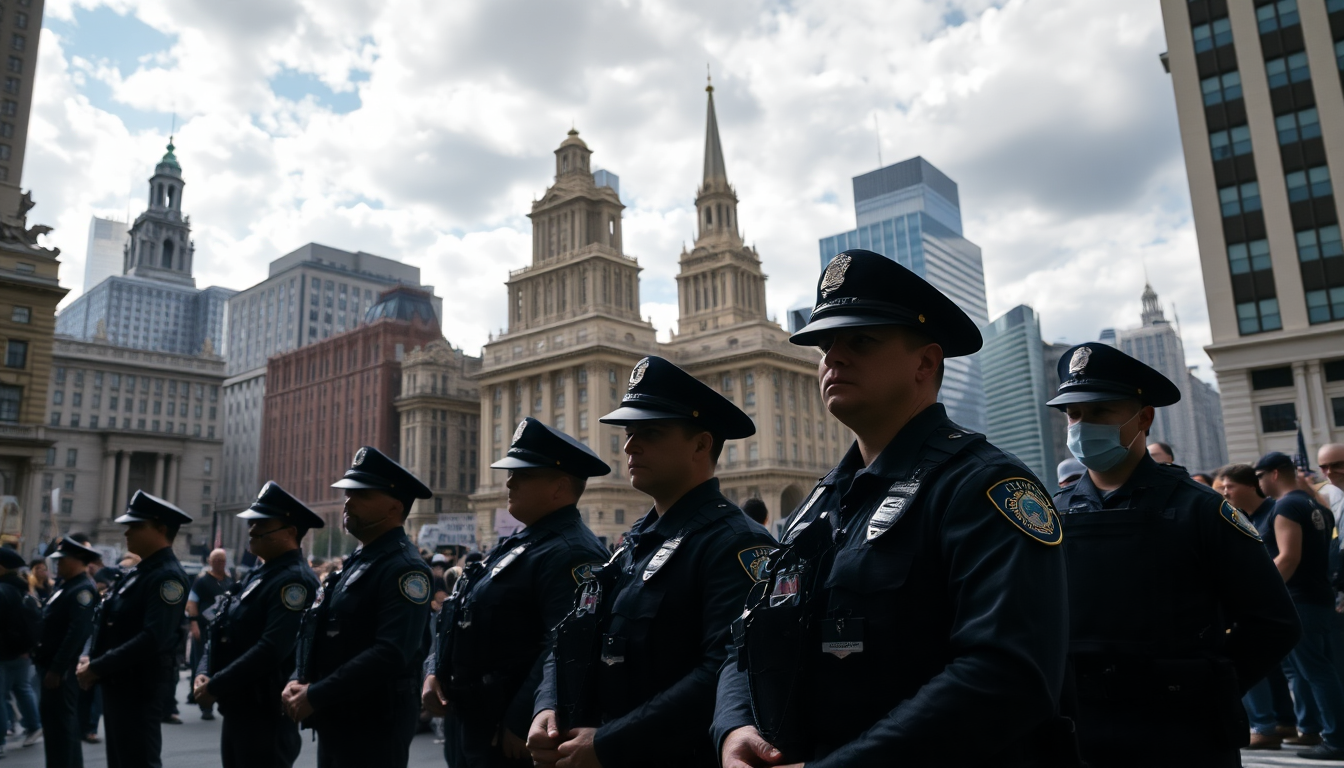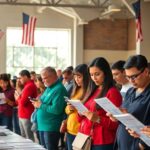Table of Contents
In recent days, the idea of federal intervention in cities facing unrest has sparked a lively national debate. President Donald Trump has made it clear that he intends to send federal law enforcement to cities like Chicago and Baltimore, despite pushback from local leaders.
But what does this all mean for the balance of power between federal and local authorities, especially when it comes to keeping communities safe and well-governed?
Understanding Federal Intervention
The call for federal intervention isn’t exactly new. It often pops up in discussions about cities struggling with crime and social unrest.
Trump’s comments about potentially deploying National Guard troops to Chicago—“We’re going in”—signal a willingness to tackle what he sees as crises in urban centers, particularly those run by Democratic officials. But could these actions change the game when it comes to the relationship between federal and local governments? This situation raises serious questions about the autonomy that states have traditionally enjoyed.
Reflecting on the past, there’s a notable history of federal involvement in local law enforcement, especially in cities that have experienced major civil unrest. For instance, the deployment of National Guard troops to Washington D.C. and the federalization of its police force could set a precedent for future actions in other cities.
Local leaders, like Illinois Governor JB Pritzker, are expressing doubts about the necessity and appropriateness of such interventions, fearing they might do more harm than good and escalate tensions in already stressed communities.
Local Responses and Concerns
Officials from Chicago and Baltimore are wary of accepting federal assistance, stressing the importance of maintaining local control over law enforcement and community safety.
Governor Pritzker’s hesitance towards Trump’s offers reflects a broader anxiety among local leaders: there’s a genuine concern that federal troops might escalate violence and further alienate communities that are already feeling the heat.
Moreover, critics highlight that federal intervention often misses the mark on addressing the root causes of unrest, such as socio-economic disparities and systemic issues within police forces.
Local leaders are advocating for community-driven solutions that prioritize dialogue, investment in social services, and tackling the underlying issues contributing to crime and instability.
The interplay between federal and local responses to crime and unrest raises crucial questions about the effectiveness of military-style interventions in urban areas. History shows us that the presence of federal troops can lead to confrontations and may not achieve the intended outcomes of restoring peace and trust within communities.
Looking Ahead: What’s Next?
The ongoing conversation around federal intervention in cities like Chicago and Baltimore marks a pivotal moment for urban policy in America. As President Trump looks to wield federal power in response to local crises, the reactions from local officials will undoubtedly influence the future of governance and community relations.
As we peer into the future, the implications of these actions could reshape the boundaries of federalism in the U.S. The balance of power between federal and local authorities is on the line, and both local communities and national observers will closely scrutinize the effectiveness of these interventions. Will this approach lead to better safety, stronger community trust, and lasting solutions? Or will it deepen the divide between federal and local governance? Only time will tell.





